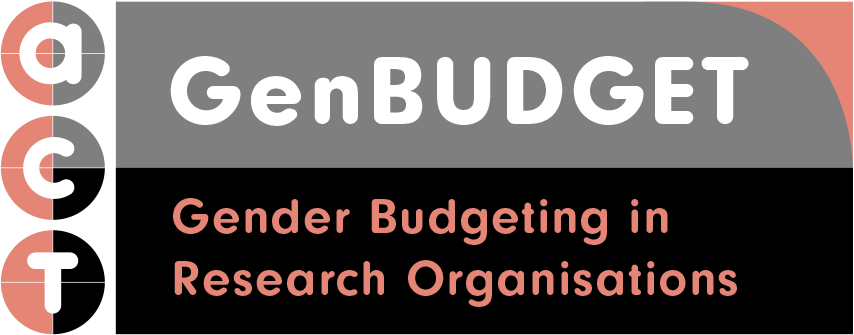
Aurelija Novelskaite, Vilnius University, Lithuania
Since 1970s, studies on distributions of earnings and other remunerations in academic institutions report that women earn less than men, also women receive less other remunerations in these (as well as in other) institutions. However recent data show that average women’s earnings may be larger than men’s in (at least) some countries and in particular universities.
My example is Lithuania, where women composed 56% of researchers in the higher education sector in 2015 and 39% among those on the grade A positions in Lithuania 2016. One the one hand, the rates are (almost) ideal as they appear in the 40/60 gender balance zone. However, on the other hand, the generalized balance rests on gender segregation by field of science (women are still in minority in STEAM fields). In addition, it is widely known that feminization of R&I (including universities) is highest in the countries with lowest expenditures for R&D/I. And Lithuania is among them.
In March 2021, average salary at Lithuanian university was 1487,24 Euros (before taxes), starting from 905 Euros to 2155 Euros. For comparison of the salaries earned in universities in slightly wider – the country’s – context, the average salary was 1524,2 Euros in the last quarter of 2020; and size of the average salary may vary by the city (e.g. average salary in capital city Vilnius, where most of the universities are located, would be higher than in Klaipeda and Kaunas, where some other universities are located). Thus, as the data bellow indicates, 7 out of 15 Lithuanian universities pay more than average (i.e. 1541-2006 Euros), but other 8 pay less (i.e. 905-1489 Euros). (The highest average salary is in European Humanities University, which is located in Lithuania, but mainly by foreign founders). However, size of the average salary at the universities does not relate to location of institution (e.g. the smallest average salary is in institution located in capital city; average salaries are bigger in some universities which are located in Kaunas than in those which are located in the capital city).

* Average of insured incomes of employees who were insured for full and not-full calendar month. Data downloaded from SODRA (The State Social Insurance Fund Board under the Ministry of Social Security and Labour) on the 26th May, 2021.
** Minus (“-“) sign denotes salaries which are smaller than average salary in the university.
*** Gender pay gap. Calculation based on men’s average salary as 100%.
At the same universities, in total, women’s average salary was 7,47 Euro larger than men’s (to comp.: on average, women earned 1490,22 Euros; men earned 1482,74 Euros). However, women earned 1-21% more than average salary in some universities, but 1-7% less than average in other. Correspondingly, men earned 1-9% more than average salary in some universities, but 2-19% less than average in other ones. Excluding several exceptions (women earn 32% and even 51% more than men), GPG varies from 2% to 14%. And, again, GPG indicates that somewhere women earn more than men and somewhere less. For national scope comparison in this context, overall GPG was 12,4% in Lithuania in 2019; in the same year, GPG was 17,2% in sector of professional, research and technical activities, but 2,6% sector of education.
Previous studies suggests that men’s salaries are bigger than women’s till age of 41 year; later, because men have smaller loadings, women earn more. However, it is acknowledged that women compose majority on the lowest positions in the universities. Thus, in general, there is no reliable explanation for variations in women’s and men’s average salaries at the universities. GPG does not correlate with size of university or with size of average salary in the particular university. For example, it would be reasonable to highlight that GPG is largest and women earn much more than their male colleagues in the small university where salaries are the lowest in Lithuania (i.e. K. Simonavicius' University). However, men earn 10% more than women in other small university with similarly low salaries (i.e. LCC International University). Also women earn more in several universities which are led by female rectors (i.e. M. Romeris' University and Lithuanian University of Sports), but men earn more than women in other one which is also led by a woman (i.e. Vilnius Art Academy). Even more: women earn slightly more than men in supposedly the most masculine academic institution – i.e. General J. Žemaitis’ Military Academy of Lithuania.
So. Yes! Here is data for analysis of academic salaries from gender perspective. However, the data just provide facts; additional data and information which could lead to systematic exploration of reasons lurking behind the facts are still lacking. It follows that any empirical information based action is not possible still.
